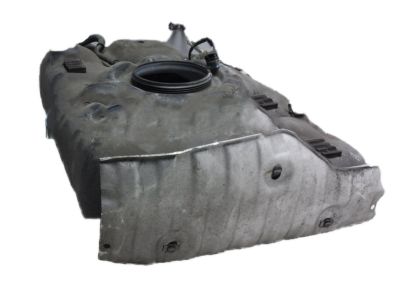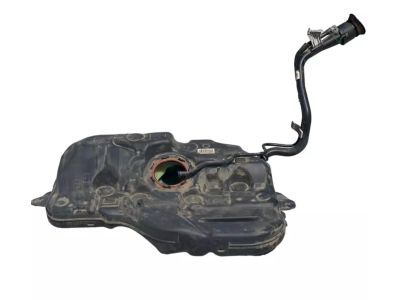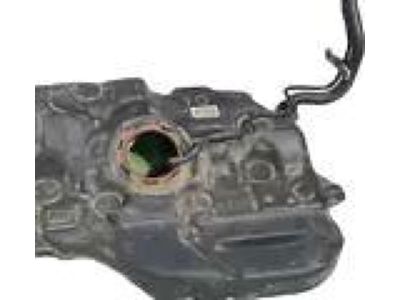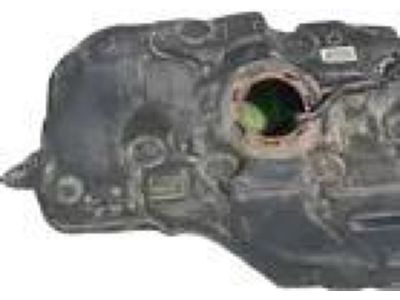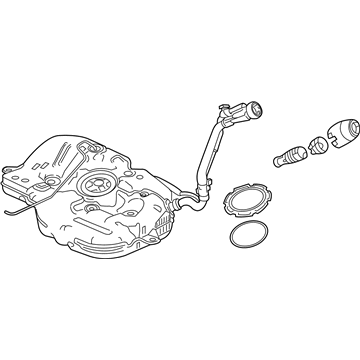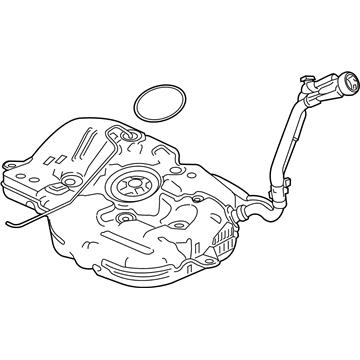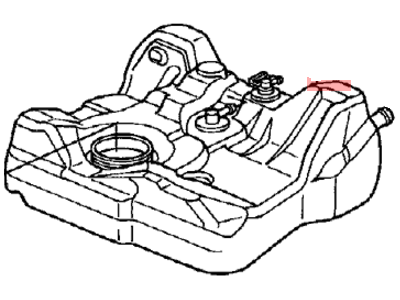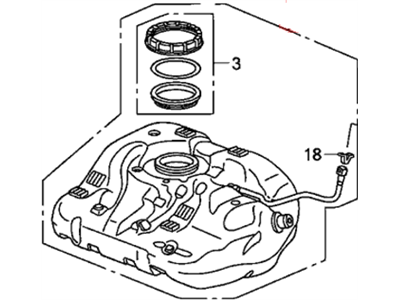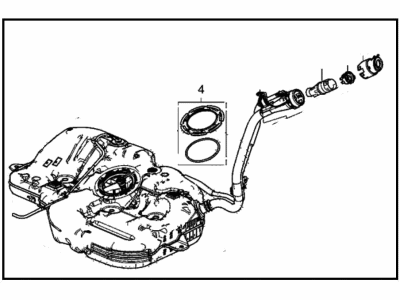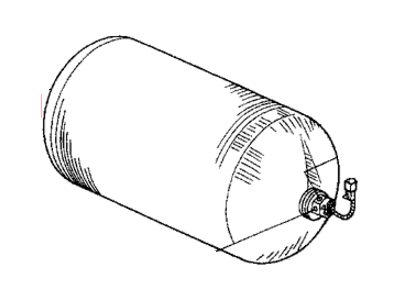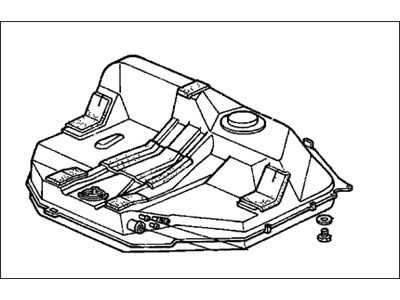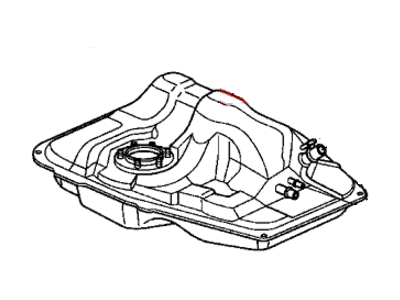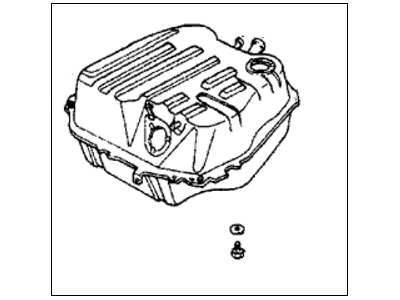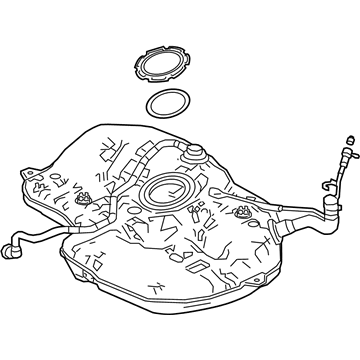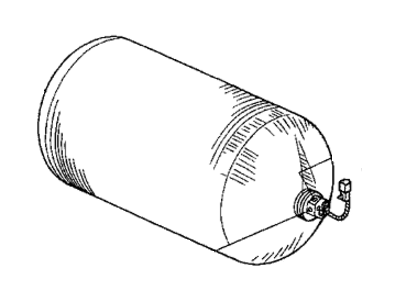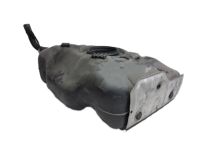×
- Hello
- Login or Register
- Quick Links
- Live Chat
- Track Order
- Parts Availability
- RMA
- Help Center
- Contact Us
- Shop for
- Honda Parts
- Honda Accessories

My Garage
My Account
Cart
Genuine Honda Civic Fuel Tank
Gas Tank- Select Vehicle by Model
- Select Vehicle by VIN
Select Vehicle by Model
orMake
Model
Year
Select Vehicle by VIN
For the most accurate results, select vehicle by your VIN (Vehicle Identification Number).
77 Fuel Tanks found




Honda Civic Set, Fuel Tank Complete
Part Number: 17044-TBA-A05$734.19 MSRP: $1059.43You Save: $325.24 (31%)Honda Civic Set, Fuel Tank Complete
Part Number: 17044-TBA-L10$946.43 MSRP: $1365.70You Save: $419.27 (31%)Honda Civic SET,FUEL TANK COM
Part Number: 17044-TBA-L07$744.35 MSRP: $1074.10You Save: $329.75 (31%)Honda Civic Tank Assembly, Cng
Part Number: 17500-S5W-A01$3304.25 MSRP: $4768.03You Save: $1463.78 (31%)Honda Civic Tank Assembly, Cng
Part Number: 17490-TR5-A00$5383.59 MSRP: $6214.83You Save: $831.24 (14%)
| Page 1 of 4 |Next >
1-20 of 77 Results
Honda Civic Fuel Tank
The Fuel Tank of Honda Civic vehicles is an essential part catering the need of the vehicle to keep liquid fuel and its vapor safely stored and to provide it whenever needed. Located at the back of the car, Fuel Tank has a screw off top for refueling with a covered opening. As for the implementation of Fuel Tanks, there are many shapes and forms depending on the manufacture and model of the car; there is a filler pipe, vent, as well as an outline for the fuel that will be connected to the engine. When looking for a replacement Fuel Tank there are dependencies like fitment and quality that must be met thus opting for a direct fit fuel tank that will suit the model of the car that is being worked on. Just like the Fuel Tanks made from metals, the plastic versions are also cheap to produce yet equally durable as the OE versions.
In search of affordable OEM Honda Civic Fuel Tank? Consider browsing through our extensive inventory of genuine Honda Civic Fuel Tank. Not only do we provide market-leading prices and a manufacturer's warranty, but we also pride ourselves on exceptional customer service and swift delivery.
Honda Civic Fuel Tank Parts Questions & Experts Answers
- Q: How to facilitate the procedure of removing and installing a fuel tank for the Honda Civic?A:To facilitate the procedure, it is recommended to perform these steps with an empty fuel tank; if necessary, use a siphoning kit (never use your mouth to start siphoning) to remove fuel. Start by relieving the fuel system pressure and disconnecting the negative battery cable. Access the Fuel Pump/fuel gauge sending unit and disconnect the fuel lines orelectrical connector. Raise and securely support the vehicle on jackstands. If the tank is empty or nearly empty, siphoning is not required; however, for tanks with a significant amount of fuel, drain it by removing the fuel pump/fuel gauge sending unit and siphoning it through the pump/sending unit hole. For Civic models, remove the driver's rear wheel and wheel well liner, then disconnect and remove the fuel filler neck hose and fuel tank vapor hose, checking for damage. Remove the lower rear cover if equipped. Disconnect the fuel line quick-connect fittings at the front of the tank and remove the fuel tank shield. Support the fuel tank with a transmission jack or a floor jack with a protective piece of plywood, then remove the rear underfloor bar and unbolt the fuel tank retaining straps. If applicable, remove the fuel tank baffle plates, and carefully lower the fuel tank. For CR-V models, remove the driver's rear wheel, left and right vehicle undercover panels, and the exhaust pipe, including the mounting bolts and pipe. On 4WD models, remove the driveshaft. Remove the fuel tank guard and fasteners at the front of the tank. Clean the area around the fuel filler neck hose and fuel tank vapor hose, disconnecting their quick-disconnect fittings. Support the fuel tank and unbolt the retaining straps before carefully lowering the tank. The installation process is the reverse of removal.
Related Honda Civic Parts
Browse by Year
2023 Fuel Tank 2022 Fuel Tank 2021 Fuel Tank 2020 Fuel Tank 2019 Fuel Tank 2018 Fuel Tank 2017 Fuel Tank 2016 Fuel Tank 2015 Fuel Tank 2014 Fuel Tank 2013 Fuel Tank 2012 Fuel Tank 2011 Fuel Tank 2010 Fuel Tank 2009 Fuel Tank 2008 Fuel Tank 2007 Fuel Tank 2006 Fuel Tank 2005 Fuel Tank 2004 Fuel Tank 2003 Fuel Tank 2002 Fuel Tank 2001 Fuel Tank 2000 Fuel Tank 1999 Fuel Tank 1998 Fuel Tank 1997 Fuel Tank 1996 Fuel Tank 1995 Fuel Tank 1994 Fuel Tank 1993 Fuel Tank 1992 Fuel Tank 1991 Fuel Tank 1990 Fuel Tank 1989 Fuel Tank 1988 Fuel Tank 1987 Fuel Tank 1986 Fuel Tank 1985 Fuel Tank 1984 Fuel Tank 1983 Fuel Tank 1982 Fuel Tank 1981 Fuel Tank 1980 Fuel Tank 1979 Fuel Tank 1978 Fuel Tank 1977 Fuel Tank 1976 Fuel Tank 1975 Fuel Tank 1974 Fuel Tank 1973 Fuel Tank
